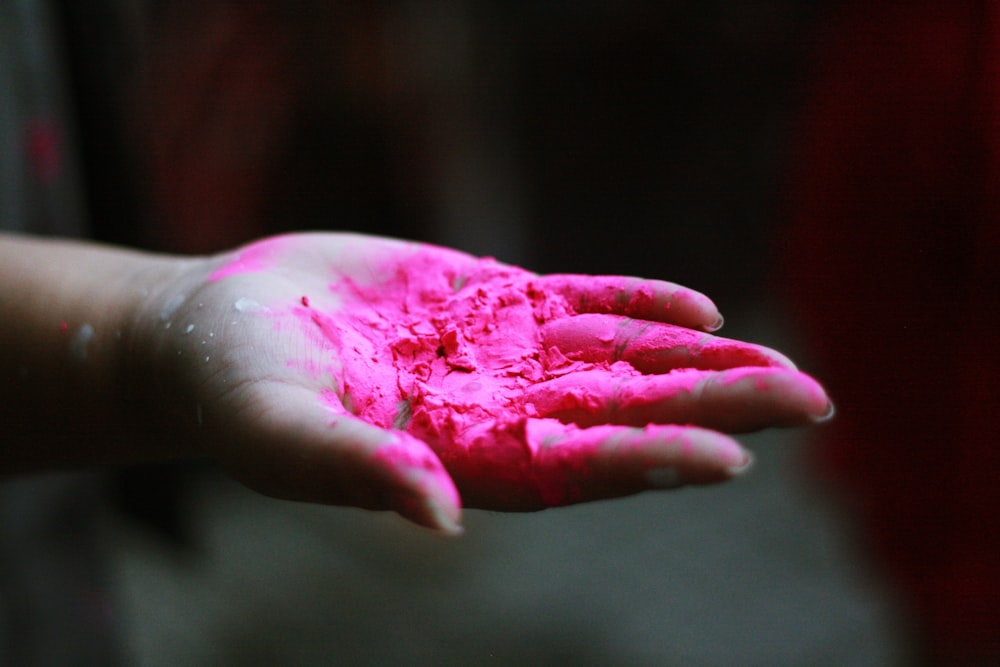
If you are implementing ABA treatment (regardless of the diagnosis, or lack of diagnosis, your client has) with the #1 goal of making the individual "normal", then you are doing it wrong.
"From cradle to grave, the pressure is on: Be normal."
Gordon MacKenzie
'Teaching Loosely' is a concept I intentionally aim for when designing treatment, and it can include things like varying stimuli as much as possible (and using common items found in the home rather than purchased materials), having loose criteria for what is an "acceptable response" to any SD, moving away from formal SD's as soon as possible, and embedding multiple skills into one target. For example, instead of writing up distinct and specific targets to work on during a Play Imitation program, the goal may be to embed novel motor behaviors into play for the child to imitate (shake the doll, feed the doll, burp the doll, tickle the doll, etc.).
Why is this so important? Because creativity is where unique, God- given personality and character cause you to stand out from others.
Yes, as my clients are all somewhere on the ASD continuum they do have things in common: a strong desire for sameness, sensory issues, feeding issues or sensitivities, motor/coordination difficulties, etc. But they are also as different from one another as a zebra is from an elephant. Saying all my clients are the same would make about as much sense as me saying "I saw an animal the other day, it was either a zebra or an elephant. Whatever.....they're both animals". That's a crazy statement considering how much those 2 animals differ.
In the same way, it's crazy to plan treatment in such a way that ALL your clients learn "Familiar People ID" in the same way, or learn to tact colors in the same way, or spend the same amount of time on DTT drills.
Creativity is often given a bad rap, especially among us ABA peeps, because it takes us off-script. Before I'm seen as bashing the ABA peeps, this happens in classrooms as well. Think of the kid who has to hum as he does his work, or the kid who dances/wiggles while standing in line, or the kid who draws pictures of robots on his homework assignments. The script would say "this kid is inattentive...this kid is non compliant....this kid is disruptive". Instead of looking it at that way, what if the kid is creative? Or unique? Or has a vivid imagination?
I don't mean to make it sound easy as pie to consider the unique personality of the client when designing ABA treatment. It's not. It takes more time, assessment takes longer, program writing takes longer, and more constant revisions to programs are necessary. Something I like to do often is look at specific programs that aren't going well, and ask myself "How important is this??". Like any BCBA, I use specific assessments and curriculums to design treatment and consider typical developmental goals. But I also look at the specific client, their learning environment, and their overall learner profile. Is using a flat knife to spread really important for this child? What about neat handwriting? Or learning to ask a friend to play? For some of my clients, these are pretty important skills for them to learn. And for other clients, not so much. It depends.
I also don't mean to make it sound like everyone will just love a treatment plan that embraces creativity. Expect some push back. From who? Well, from the program implementers as well as the parents/stakeholders:
It's easier to assume what the child should learn, rather than teach what they are interested in learning.
It's easier to assume lack of competence in the child when a program isn't progressing, rather than think of ways to make the skill more functional.
It's easier to adjust the child to the learning environment/classroom, than it is to modify the learning environment/classroom to the child.
It's easier to demand the child change to meet your expectations, than to change your expectations to meet the child.
It's easier to use purchased materials or flashcards than it is to create teaching materials for the purpose of generalization, or just based on learner interest (e.g. Shrek themed emotion cards).
It's easier to teach the way you have always taught than to constantly change your teaching based on how the learner is responding.
That last point is my favorite.
If the session is flatlining quickly (learner is trying to escape, learner has shut down and isn't responding, learner is screaming and crying), don't just plod through a 3- hour session like that. Stop and assess: what's going on here? ---> Are you approaching the learner with powerful reinforcement? Have you made it clear the behaviors that reinforcement is contingent upon? Are your materials boring? Are you maintaining your energy and an animated affect? Is the learner getting to make frequent choices? When did the learner last have a break/creative time? (I like calling it creative time rather than just a break, because that makes it clear to staff that the learner decides what happens on breaks. Not the staff)
None of us typically enjoy working with non-creative people....they can take the fun out of projects or assignments, and suck the energy out of meetings. If that's the case, why do some of us work so hard to kill the creativity in our clients?
Kids are some of the most creative people I know, so I'd rather spend my time helping them hold onto that as they grow up, rather than killing it.







No comments